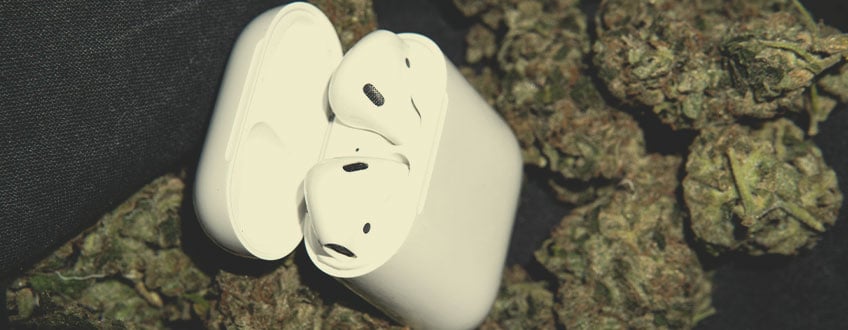
But why does it happen with field recording? The answer is vital to understanding why sound library sales sag. Many arts have the problem of separating tools from creation. This isn’t a challenge unique to field recording. That’s hyperbole, of course, but you get my point. That’s more than enough to record a gun collection like many on the market.
#We need to go deeper sound effect trial
30 days of recording will give you enough trial and error to eventually find success. You can learn enough from blogs and YouTube to get going. All it takes is a maxed out credit card, an Internet connection, and 30 days, and a new field recordist can get results close enough to most sound libraries. It is far too easy for another person to capture the same sound as you.

But really, how good were they if someone else could copy them so easily?įield recording has the same challenge. I had been happy with the shots I had taken. The enjoyment of photography drained from me.


It was a near copy of mine: the same building, the same angle, the same light. And with a snap of my Pentax K1000 behind a $300 lens, it had been captured to film. I had stalked the abandoned grounds to find the right angle to capture the colourful rusted metal of the hulking factory against a brooding sky. It was a shot of Montréal’s decaying Redpath sugar refinery. I remember clearly when my thinking changed. I spent time experimenting with developing in the darkroom. I explored shooting with different lenses. Every weekend I would roam Le Vieux-Port in Montréal and take photos of architecture. Even before I was interested in audio, I was fascinated by photography. However, my thinking about sharing field recordings came from elsewhere. I launched my first independent sound library around 2006. I’ve been working in audio since around 1996. The point? Quality isn’t something we can universally describe in a single sentence. Nor would the best pub grub impress a Fortune 500 C-suite exec. But even the most succulent bœuf Wagyu haute cuisine plating wouldn’t convince our migraine-burdened recordist that their sloppy bangers and mash aren’t a slice of heaven. That wouldn’t stack up against the 3-star Michelin restaurant you’d stumble into with a client later that day. The new writer loved the indie collections and felt the corporate releases were utterly soulless.Ĭlearly the concept of quality isn’t universal.Īfter all, someone may crave a greasy breakfast after waking with a nasty hangover. As I read the message – bing! – another email appeared in my inbox.

One person mentioned that they wished more releases were like corporate sound libraries from The Hollywood Edge. It was interesting to read their thoughts. Quite a few people wrote to me after the first post and mentioned that the real reason for weak library sales was poor quality. However, to ensure that your bundles are truly successful, one more ingredient must be added: distinguishing your sound libraries. Using those tips will dramatically improve your sound collections. Sharing unique or difficult-to-capture sounds.Provide a strong tangible benefit for customers.Helping people save time, money, or build relationships.All of the tips in last week’s post are objective. Just the same, it’s vital to highlight the benefit your sounds provide, maximize the value of the sound library, and solve problems for your fans. It’s certainly the last thing on one’s mind when scrambling around recording dogs or stomping through mud to find the perfect nighttime jungle ambience location. That’s not easy to do when you’re sorting out cables or balancing levels, of course. Instead, think of the needs of your listeners. Last week’s post introduced an idea: perceive your field recordings as more than just tools needed for projects or for sonic expressions of place and time.


 0 kommentar(er)
0 kommentar(er)
